Billion Bottles and Cans Collected for Recycling
Billion Pounds of E-Waste Collected for Recycling
Million Waste Tires Collected for Recycling
Million Tons of Disaster Debris Cleaned Up
Million Mattresses Collected for Recycling
Billion Pounds of Carpet Collected
Million Gallons of Paint Collected
Million Unsold Meals Sent to Californians in Need
Billion Gallons of Used Oil Collected for Recycling
%
CA Communities Expanded Still-Fresh Unsold Food Donation Programs
%
CA Communities with Residential Organic Waste Collection
%
Beverage Container Recycling Rate
*Click on each number for more information.
Our Mission
Protecting California’s environment and climate for the health and prosperity of future generations through the reduction, reuse and recycling of California resources, environmental education, disaster recovery and the transition from a disposable to a fully circular economy.
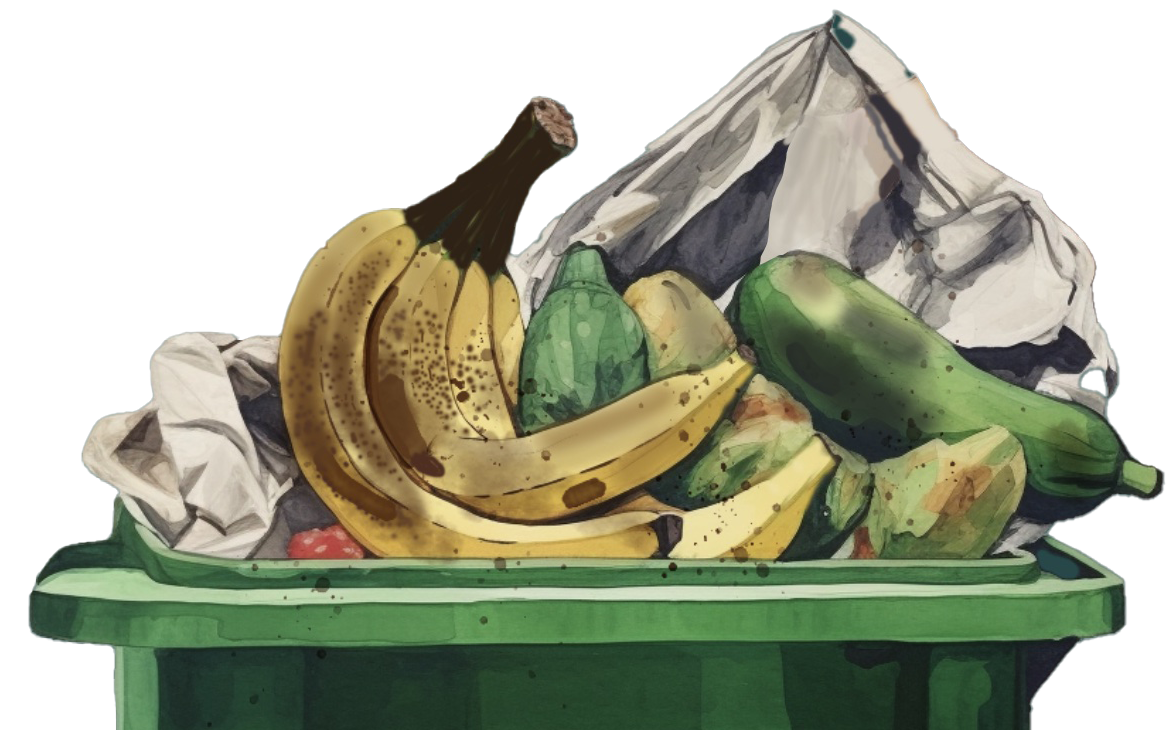 75% of California Communities report they have residential organic waste collection.
75% of California Communities report they have residential organic waste collection.
100% of California Communities have expanded programs to send still-fresh, unsold food to Californians in need.
3 million cars worth of climate pollution will be cut by reaching SB 1383’s recycling and food rescue targets.
 CalRecycle’s monthly webcast provides updates, announcements, and
CalRecycle’s monthly webcast provides updates, announcements, and
a report from Director Rachel Machi Wagoner.
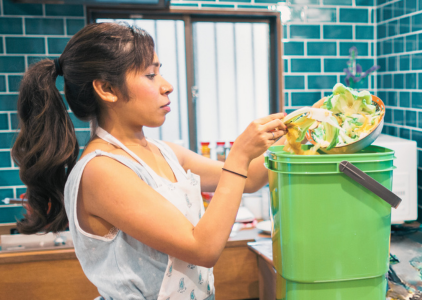
SB 1383 Food and Yard Waste Resources
Tools and guidance for SB 1383, the state’s food and yard waste recycling law, which has targets to:
- Cut organic waste disposal 75% by 2025
- Send at least 20% of surplus, still fresh food to Californians in need by 2025.
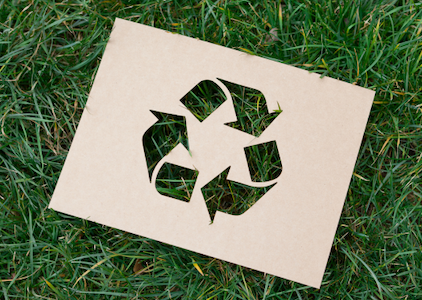
SB 343: Accurate Recycling Labels
Increasing recycling in California first requires accurate labels on recyclables. The law outlaws manufacturers and others from selling products or packaging labeled as recyclable unless the items are regularly collected and processed for recycling in the state.
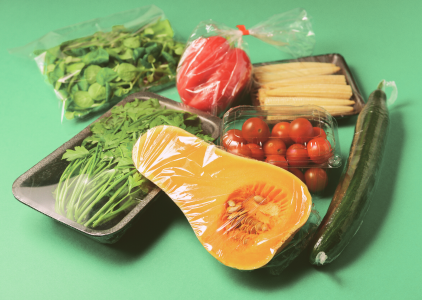
SB 54: Plastic Pollution Prevention and Packaging Producer Responsibility Act
Packaging is over 50% of waste landfilled in California by volume.
Get updates on Senate Bill 54 (Allen, Chapter 75, Statutes of 2022), the Plastic Pollution Prevention and Packaging Producer Responsibility Act.



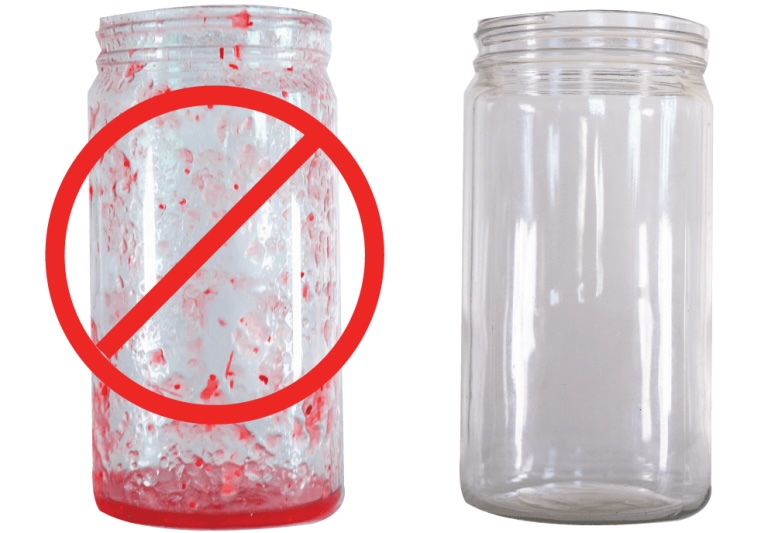
 Gavin Newsom
Gavin Newsom




